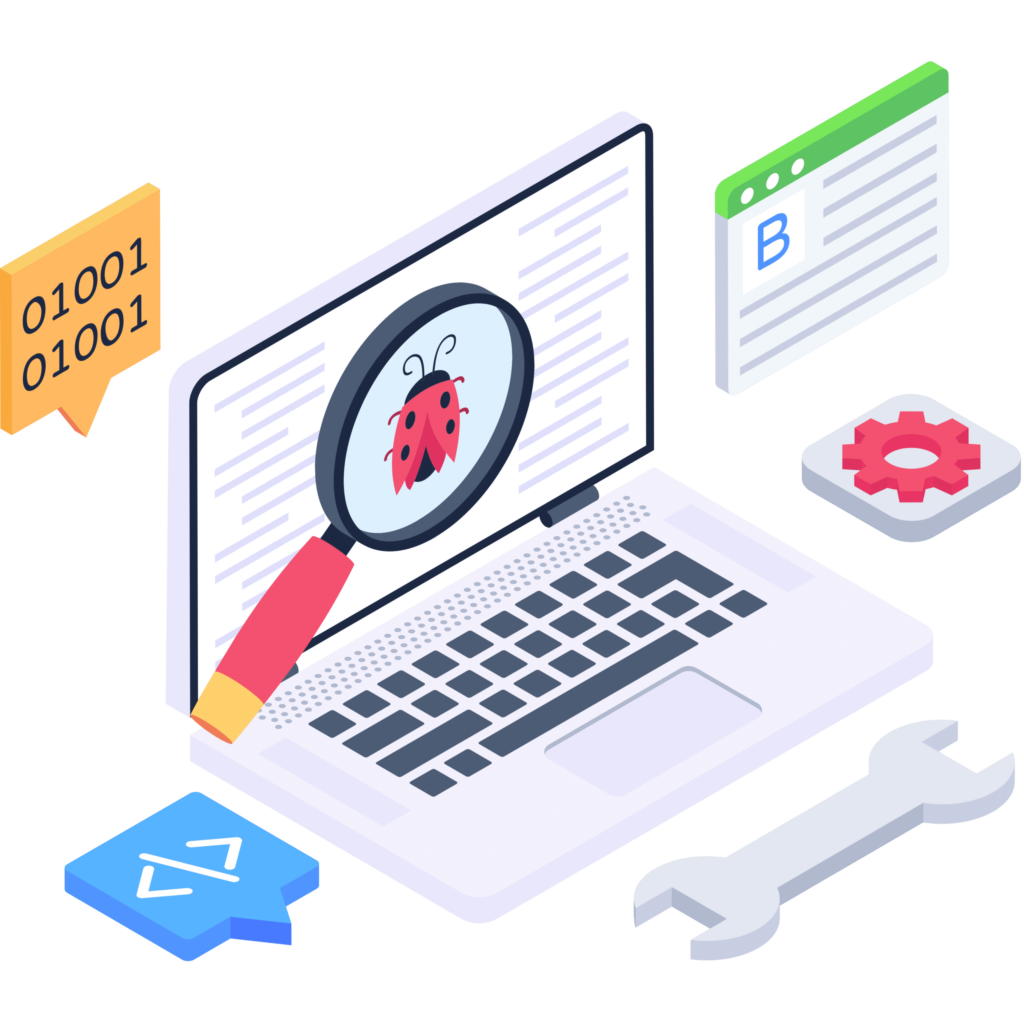Datasets are essential to making wise choices, whether we’re referring to personal or business decisions. Learn how to find and extract datasets in this complete guide.
Collecting and analyzing web data can be incredibly valuable for businesses. Understanding how people interact with a company’s website makes it possible to glean insights that can help improve the user experience, design, marketing, and more. This blog post discusses the basics of web data collection and analysis, including what web data is, why it is essential, and how to begin extracting it.
Types of datasets.
There are three types of datasets:
1. Raw data—is the data in its original form before you process or clean it. Raw data is always the best place to start when looking for accuracy.
2. Processed data—is data that’s clean are ready for analysis Usually, you see processed data in tabular form.
3. Analytical data—is the data that has been processed and analyzed and is ready for interpretation.
Where to find datasets.
There are many different places to find datasets for data science and machine learning projects. Some of the most popular sources are below.
1. The UCI Machine Learning Repository—is a vast collection of datasets, including training and test data, for various machine learning algorithms.
2. Kaggle— is a platform for data scientists and machine learning experts to share their datasets and compete in data science competitions.
3. The Data Hub—is a search engine that allows you to search for datasets across various sources, including government.
How to use datasets.
Datasets are a valuable resource for data-driven decision-making. You can use them for training machine learning models, making business decisions, and more. There are a few ways to use datasets:

1. Train a machine learning model
Datasets can be used to train machine learning models. This is done by splitting the dataset into two parts: the training and validation sets. The training set is used to train the model, and the validation set is used to evaluate the model’s accuracy.
2. Make business decisions
Datasets can be used to help businesses make better decisions. For example, a retailer might analyze customer spending patterns to decide what products to stock in its stores.


3. Detect fraud
Datasets can be used to detect patterns of fraud. For example, a bank might use data from customer transactions to identify suspicious behavior that could indicate fraud.
4. Understand customer needs
Datasets can be used to understand customer needs and preferences. For example, a company might use data from customer surveys to understand what products and services customers want.

Custom datasets.
Sometimes datasets are out of date or not relevant for your decision-making. In this case, you should get data directly from the source. The only way to get real-time data is by scraping data from websites. There are two ways to scrape data:
Manual scraping
Use this method when you want to extract data from a small number of websites. You need to open the website in a browser and copy the data manually.
1. Open the website in a browser.
2. Select the data you want to extract.
3. Copy the data.
4. Paste the data into a spreadsheet or text editor.
Automatic scraping
You can use this method when you want to extract data from many websites. You need to find a tool that can automatically scrape the data for you. Several different tools can help you with this, and most of them are reasonably easy to use.
You can perform automatic web scraping with the help of software programs you can download to your computer or use through your web browser. Web scraping APIs are the easiest to use but tend to be more expensive. Open-source scraping applications, crawling, and parsing scripts require more coding knowledge, but you can collect large volumes of data for relatively cheap.
The only problem with using an automatic web scraper is that websites often ban the IP addresses of site visitors who act like bots. To avoid the ban hammer, simply find some high-quality residential proxies.
Use proxies to make the job easy and accurate.
Proxy rotation is the number one tool you must have to scrape websites. Without rotating your IP address, you will always run into IP bans, which will slow down your data collection process and result in suboptimal data. By employing rotating residential proxies, you can feel confident that you won’t run into any problems. Your data is safe, your system is secure, and you save your most valuable resource: time.
Want to find the perfect web scraping tool to harvest datasets? Check out our post on how to choose one.


